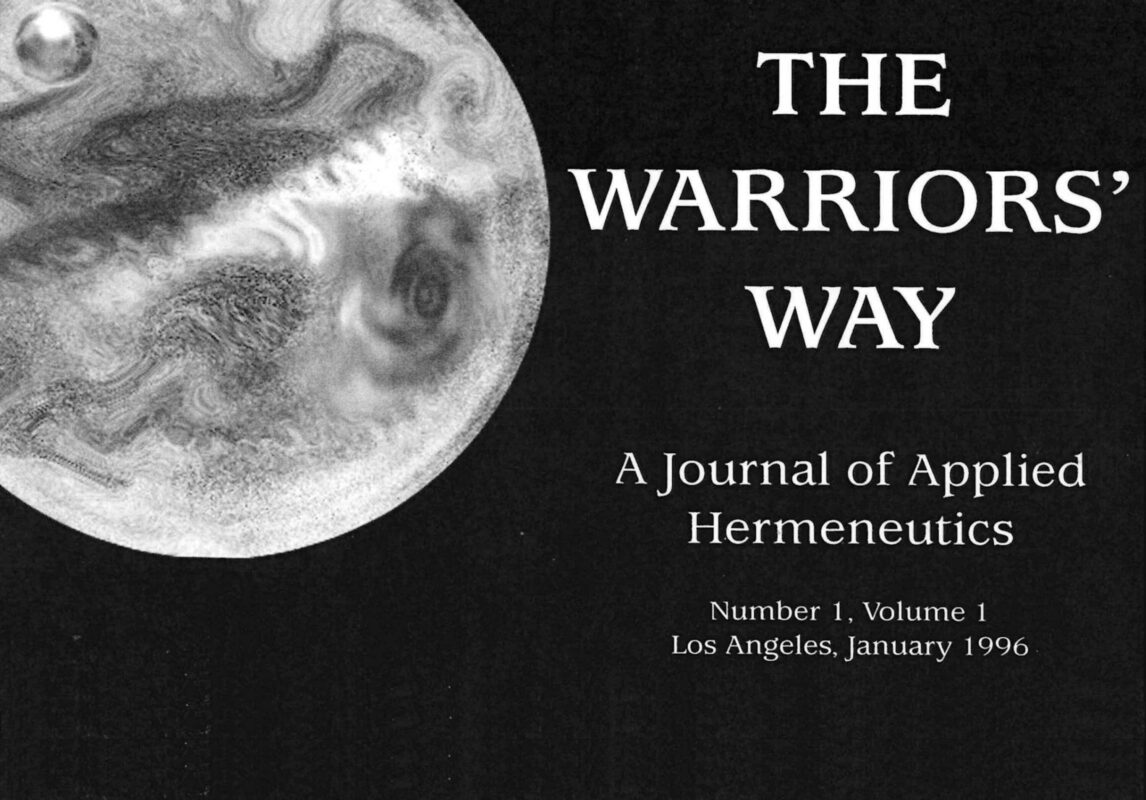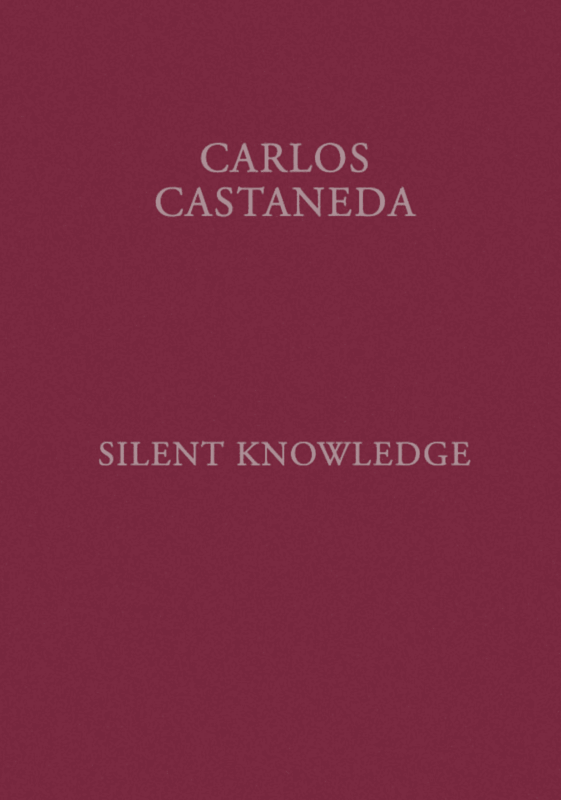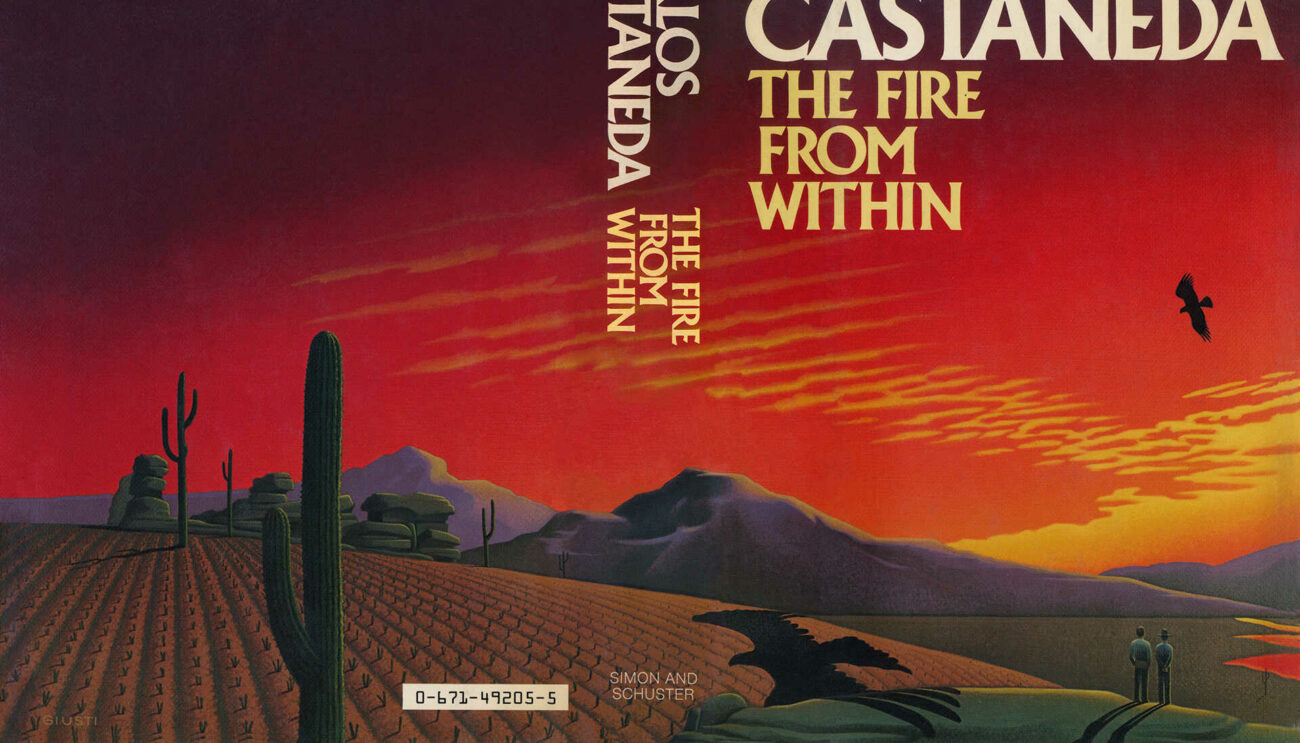Journal of Applied Hermeneutics – What is Intentionality?
Castaneda begins with a note on his use of language before exploring “intentionality,” seeking to move beyond standard philosophy. He traces the term from the medieval Scholastics to the 19th-century philosopher Franz Brentano, who defined it as the unique characteristic of mental phenomena to be directed toward an object. Castaneda then connects this to the sorcery concept of “calling intent”. From a sorcerer’s perspective, he explains, intent is not a mental product but a tangible, energetic force that exists outside the physical body and can be engaged with.
Journal of Applied Hermeneutics – What is Intentionality? Read More »


